LAMOR ESA Project 2023

ABSTRACT
This proposal focusses on a systematic/experimental study to use laser pulses for the ablation of Regolith’ material to extract oxygen. Within our consortium we will perform academic studies, estimations, simulation and a series of parametric experimental studies on the efficiency of pulsed laser ablation (Pulsed Laser Ablation, PLA) for oxygen extraction, as well as the safety feature of the Regolith dissociation process in terms of toxic by-products. Different simulants will be used (TUBS-M, TUBS-T,JSA-1, EAC-1, others) to perform the parametric study of PLA and to identify optimum processing conditions of oxygen production, process effectiveness and collection. Laser ablation is unaffected by gravity and doesn’t have the energy input requirements as Molten salt electrolysis (MSE) or Molten Regolith Electrolysis (MRE) techniques, being possible to be powered by solar panels easily in some cases.
Project features and unicity:
– parametric studies on the efficiency to use Pulsed Laser Ablation (PLA) for oxygen production/collection using different simulants, as the chemical composition and morphology of the Regolith can vary with harvesting Moon’s site and drilling depth. experiments on the safety parameters determinations of PLA process as the Regolith material can contain volatile elements (hydrogen, fluorine, etc.) which can lead to toxic and operational risky by-products. We expect the following benefits compared to other ISRO processes:
– revealing the advantages of PLA technique in processing the Regolith. The energy efficiency for the laser ablation process is superior to MSE or MRE techniques. The oxygen gas collection in vacuum is simplified. The ageing of used infrastructure material is simplified because no melting and sticking expected (material wall interaction), simpler oxygen separation and collection. Waste release and re-loading with material is simplified (permanent production). Robust system because the heating is delocalized from the extraction mechanism. The handling of powder material is in favour of the proposed method. The method is robust towards fine-tuning in respect to expectations on different landing sites. The waste product stays grain powder is of low impact on the production site modification.
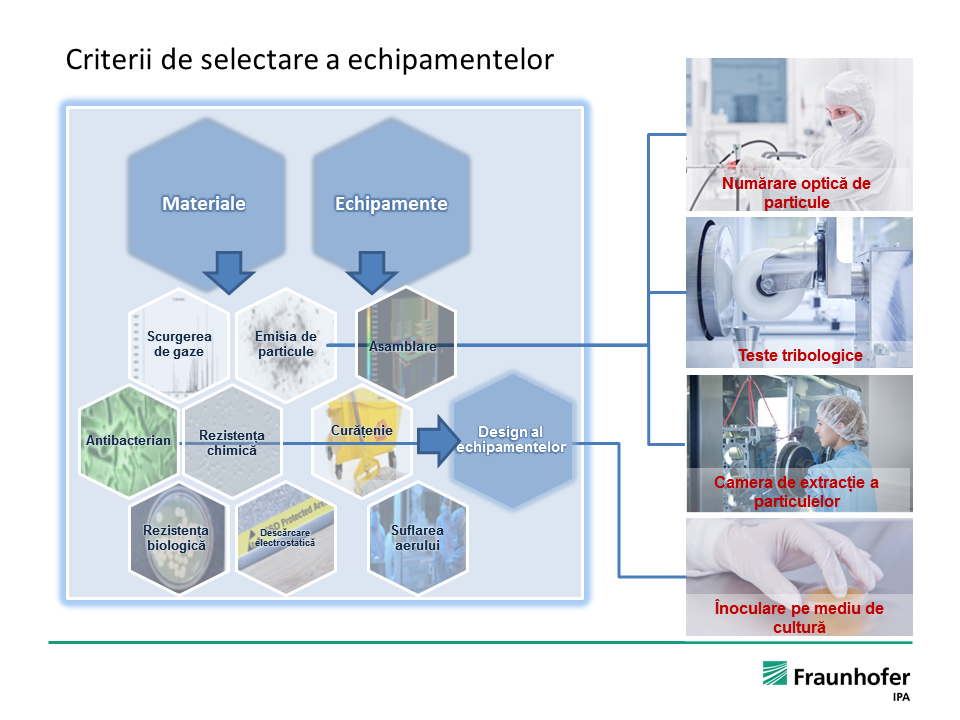
CERN
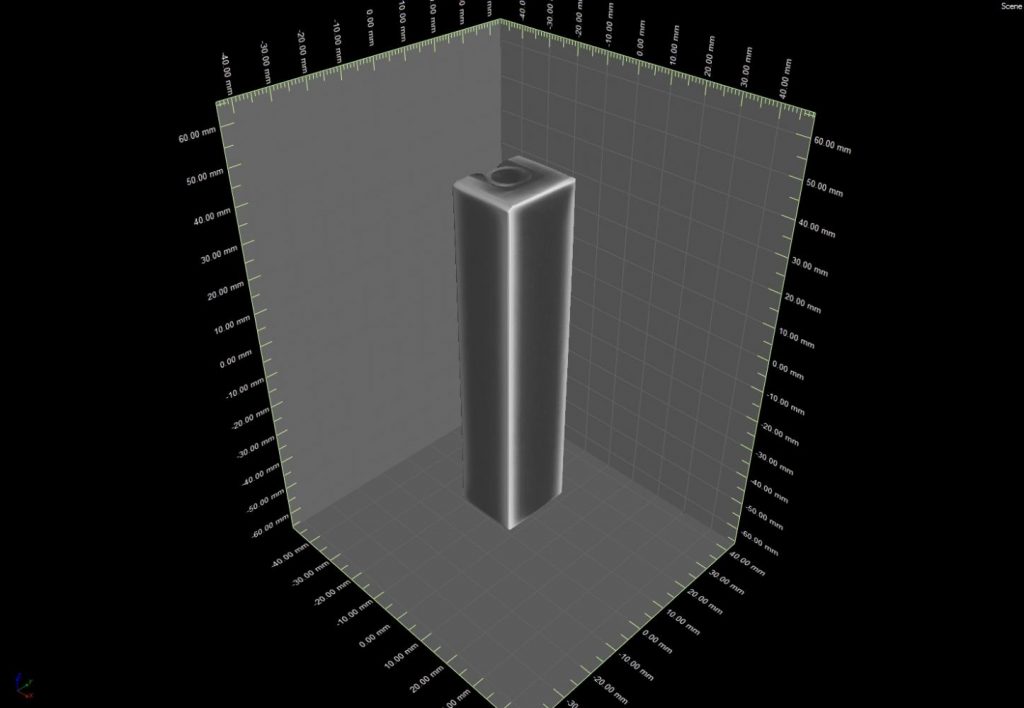
Analiză morfologie la computerul tomograf
Colaborăm cu CERN – Organizația Europeană pentru Cercetarea Nucleară, cel mai mare centru de cercetare în fizica particulelor elementare.
Computerul tomograf industrial, Zeiss Metrotom 1500, permite reconstrucția 3D a pieselor din plastic și metal cu analiza calitativă și cantitativă a defectelor de structură și abaterilor de dimensiune.
Printre domeniile de aplicabilitate se numără:
– analiza defectelor de turnare/injecție prin determinarea golurilor din pereți;
– analiza formei și dimensiunii pieselor injectate prin măsurători absolute;
– analiza interconexiunilor electrice în interiorul conectorilor (ex. pentru determinarea scurt-circuitelor).
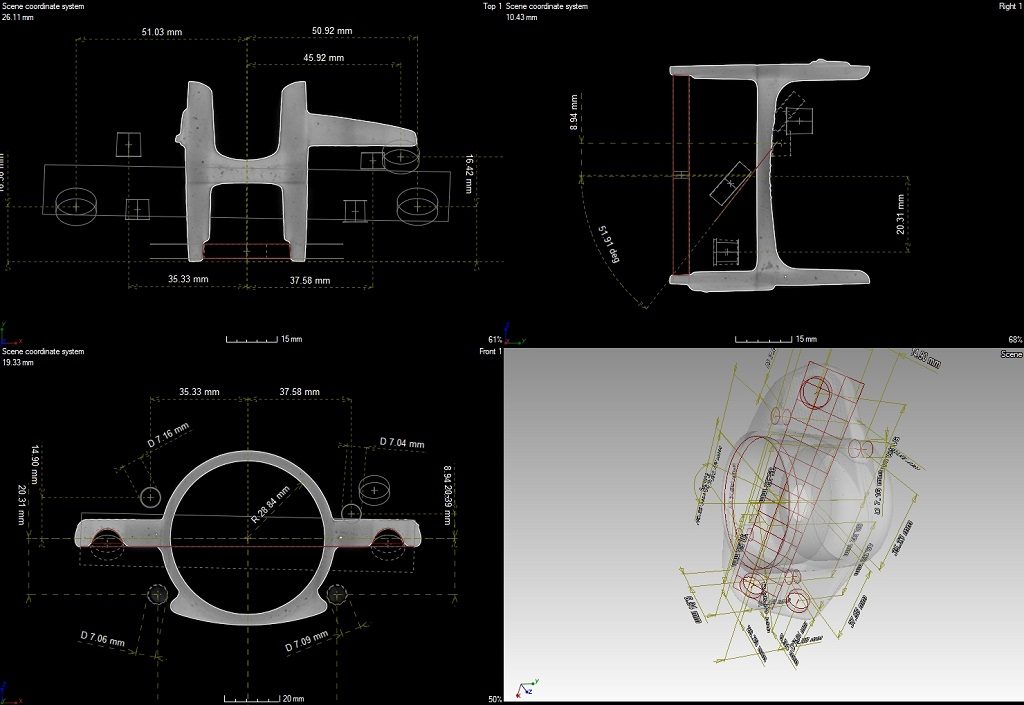
Tehnologii performante
Computer tomograf
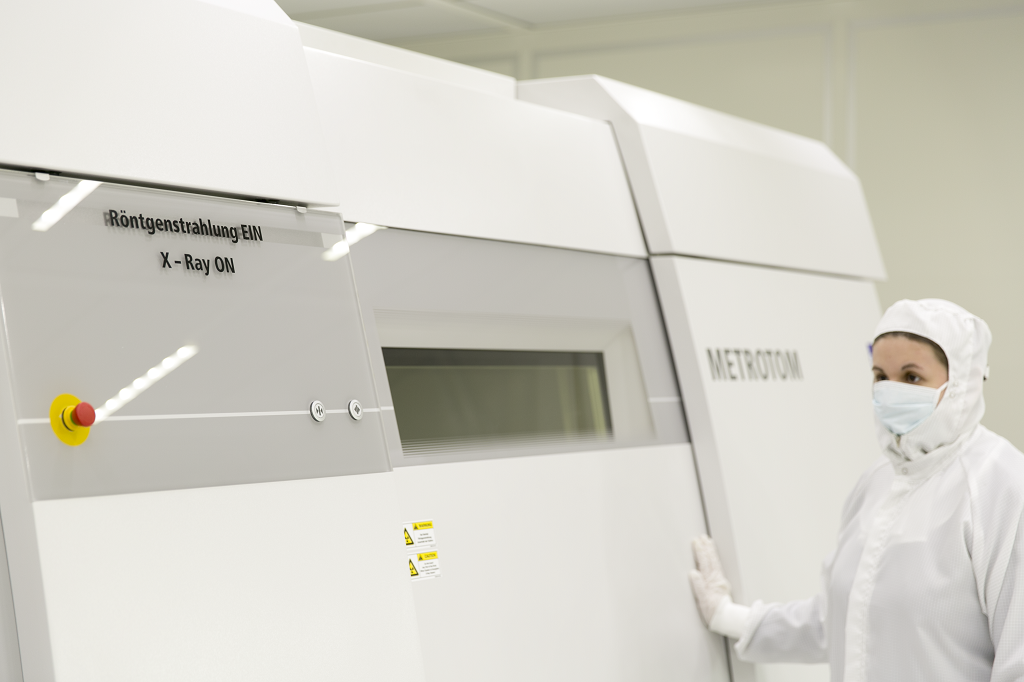
Reconstrucția 3D a componentelor de plastic și meta
Microscop Electronic SEM
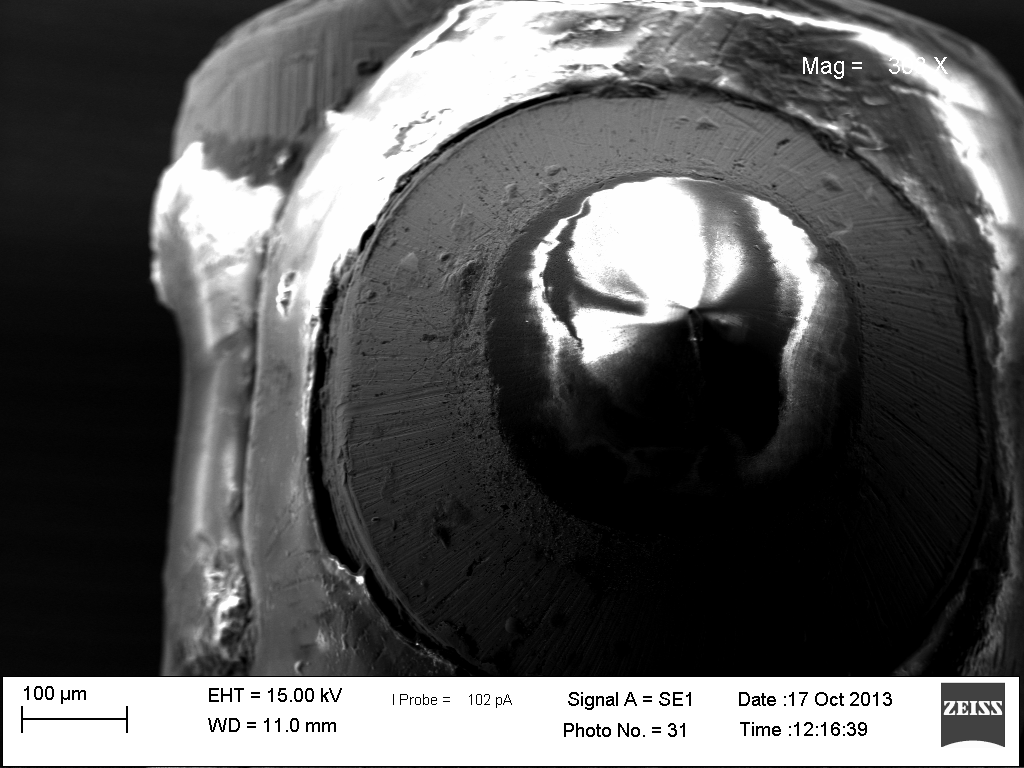
Analiză de morfologie și tipologie a suprafeței
Echipament producție LED
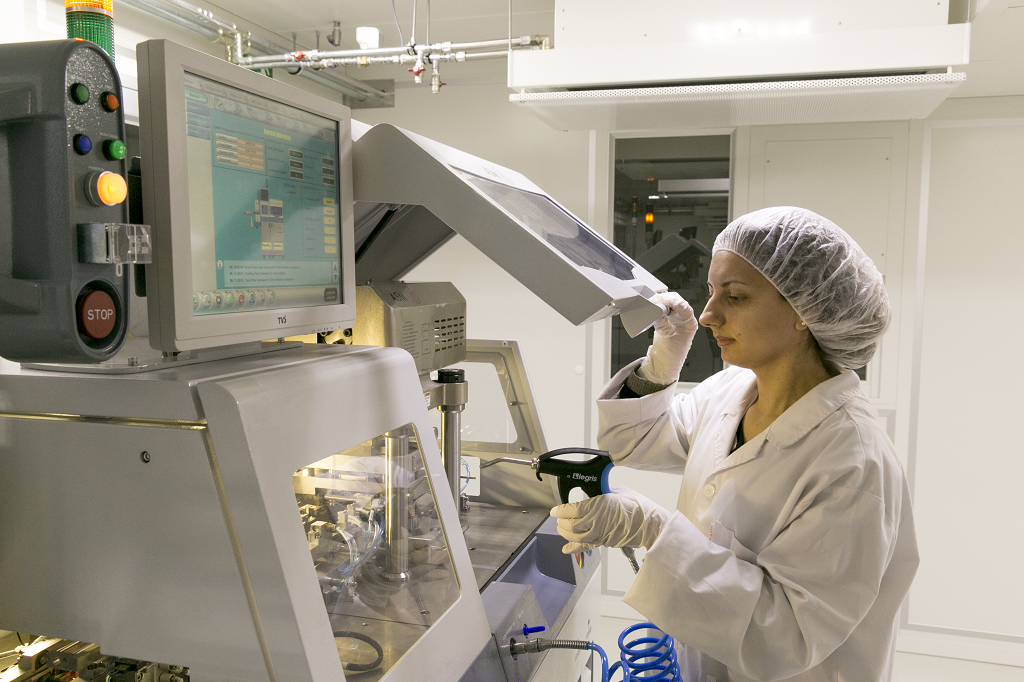
Producem LED-uri de calitate superioară
